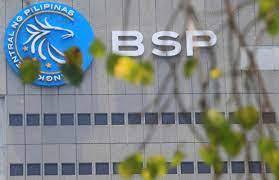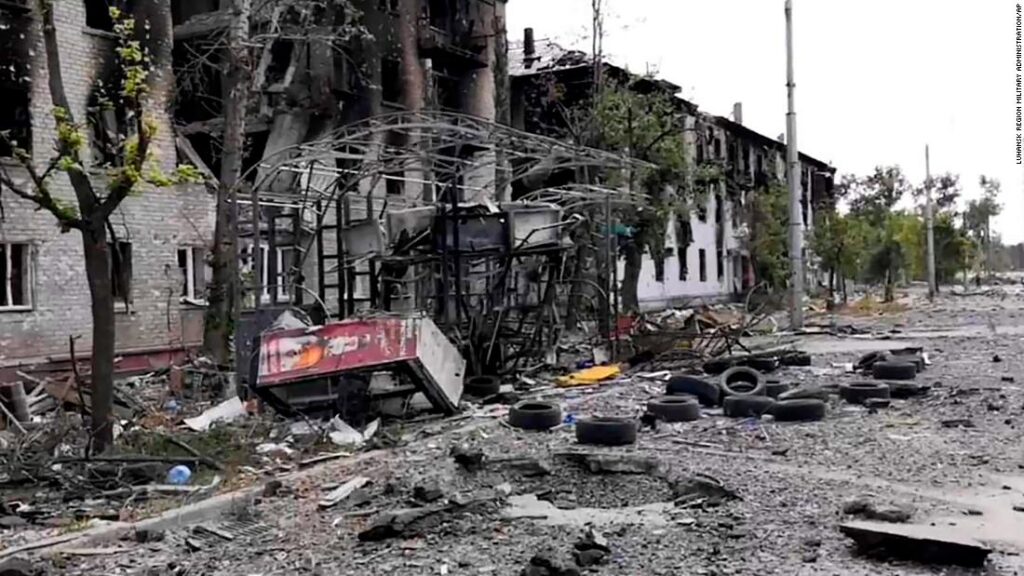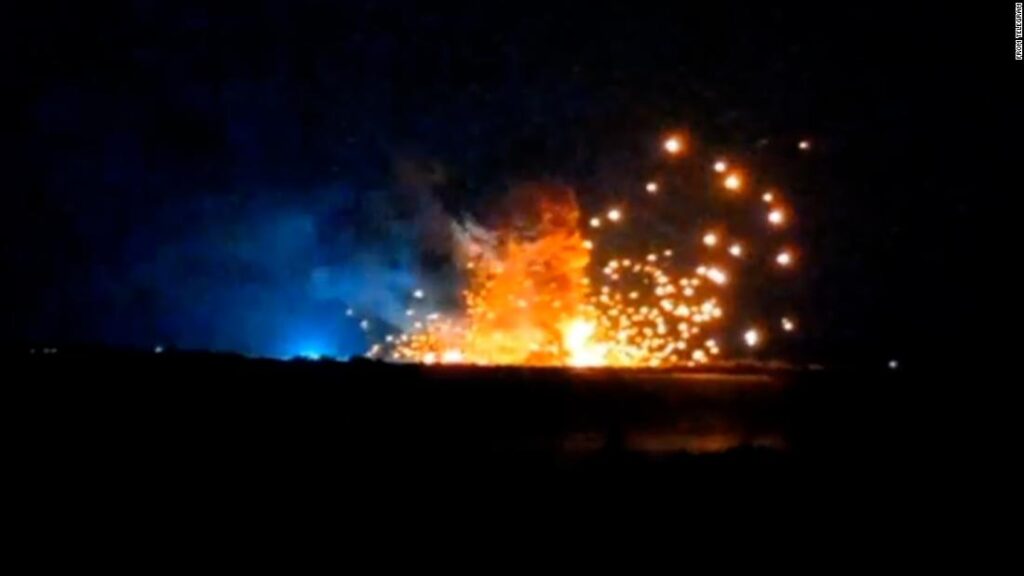The Bangko Sentral ng Pilipinas’ (BSP) Monetary Board is expected to raise the benchmark rate by 50 basis points (bps) next Thursday, June 23, to 2.75 percent, higher than what has been signalled earlier by two high-ranking BSP officials of 25 bps.
Market analysts including from Bank of the Philippine Islands (BPI) now see a bigger BSP policy rate hike next week following the US Federal Reserve’s 75 bps rate increase on Wednesday. It was the biggest US rate hike since 1994, and brought the Fed Fund Rate to 1.50 percent to 1.75 percent.
“We now expect a 50 bp hike from the BSP in its June meeting given the latest move of the Fed. Hiking the policy rate gradually in contrast to what the Fed is doing may exacerbate the headwinds affecting the Philippine economy,” said BPI in a commentary on Thursday, June 16.
After the Monetary Board raised the overnight reverse repurchase (RRP) rate last May 19 by 25 bps – the first time it moved the key rate since Nov. 18, 2020 – outgoing BSP Governor Benjamin E. Diokno and his replacement, Monetary Board member Felipe M. Medalla has both signalled another 25 bps rate hike on June 23, and possibly a third 25-bps increase on Aug. 18. The BSP policy rate is currently at 2.25 percent.
BPI said with uncertainties hounding both the US and the Philippines’ inflation outlook and with the US Fed’s future aggressive rate hikes by 50 or 75 bps in the upcoming meetings, the “gap between the two rates (BSP and US Fed) will narrow in the coming months and eventually reach 0 (zero) by year end.” This action could further weaken the peso vis-à-vis the US dollar. The peso climbed to the P53 level last week.
“A very narrow gap between US and local interest rates will likely exert more pressure on the peso, which will eventually translate to more inflation. Consumer prices are likely more sensitive now to exchange rate movements since the economy is becoming more reliant on imported products like oil, rice, and pork,” said BPI analysts, adding that a “higher inflation print in the future may force the BSP to do bigger rate hikes and even inter-meeting rate hikes that may cause volatility in the markets.” In April, inflation hit a high of 5.4 percent, exceeding the two-four percent government target and the BSP’s 2022 average forecast rate of 4.6 percent.
BPI said the country’s dollar reserves, currently at $104 billion, will be more vulnerable without central bank higher rate increases, and this could also hurt the Philippines credit rating scores.
“We expect a substantial decline in foreign reserves in this scenario as the BSP will have to sell dollars in order to temper the depreciation caused by the narrowing interest rate differentials. If this happens, the country’s credit rating might be put at risk since the country’s strong external position is one of the reasons why rating agencies have not downgraded the Philippines. It will become more challenging for the government to manage its finances if the credit rating is downgraded,” said BPI.
Meantime, the Ayala-led bank said the peso will continue to depreciate in the medium term as imports “will likely increase further due to the recovery of the economy.” It said the dollar demand “may pick up and keep the exchange rate above the 53 level.”






